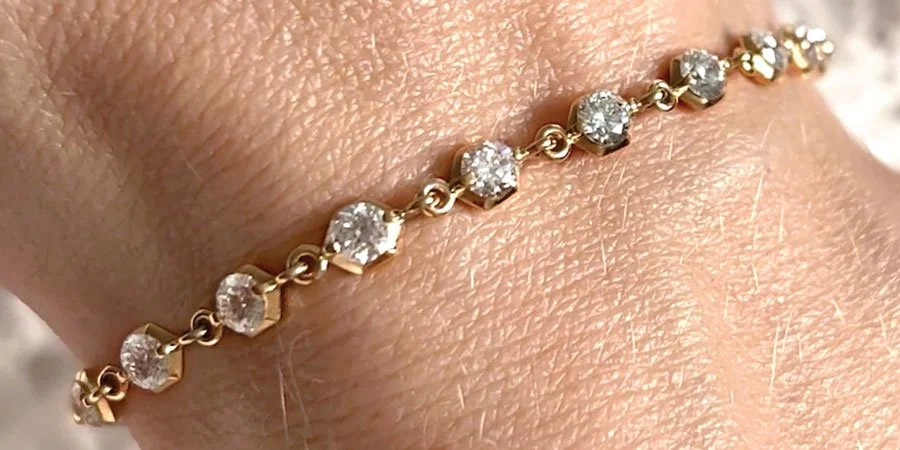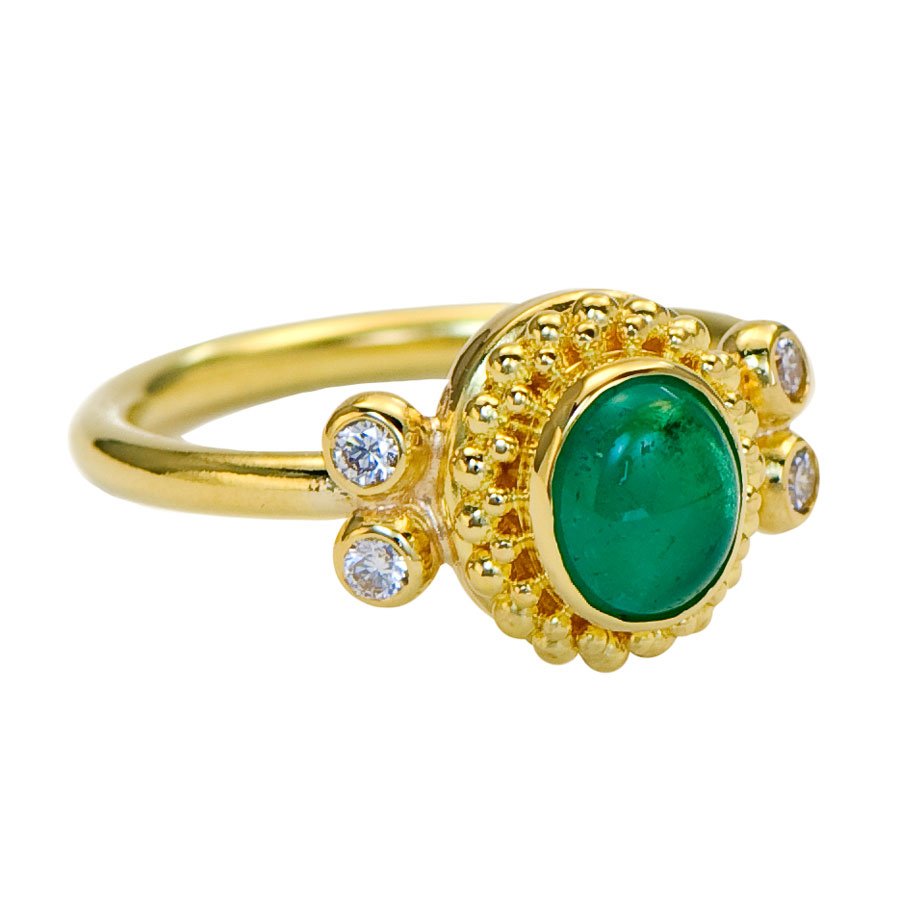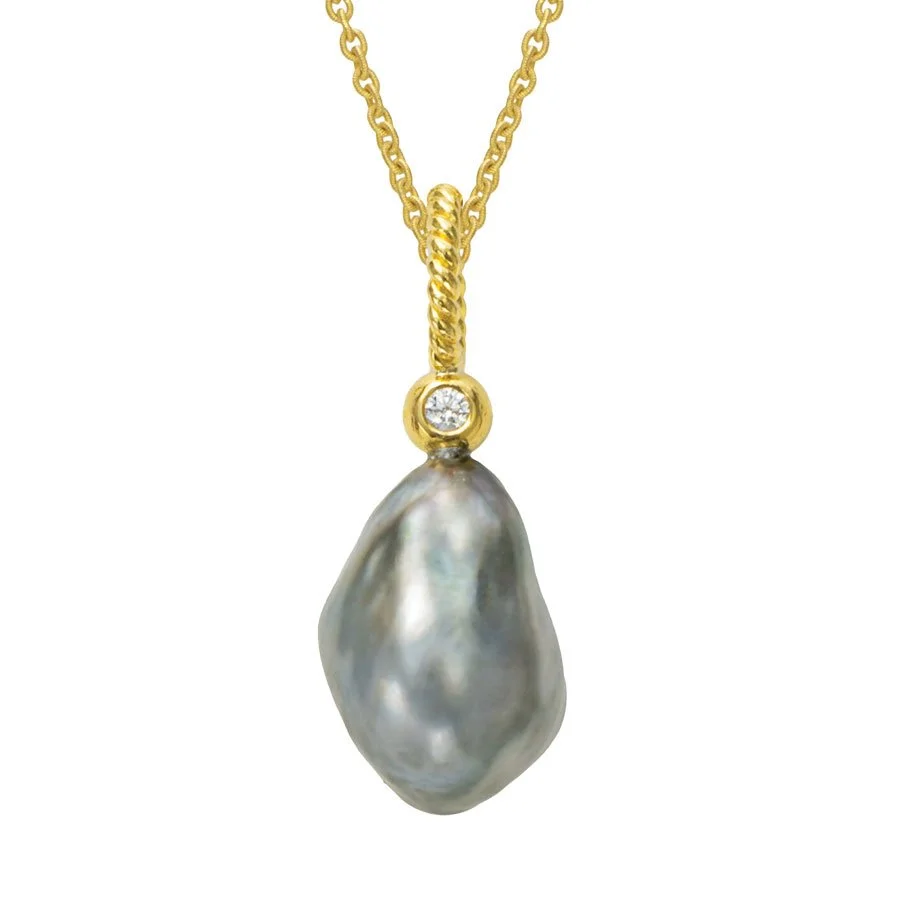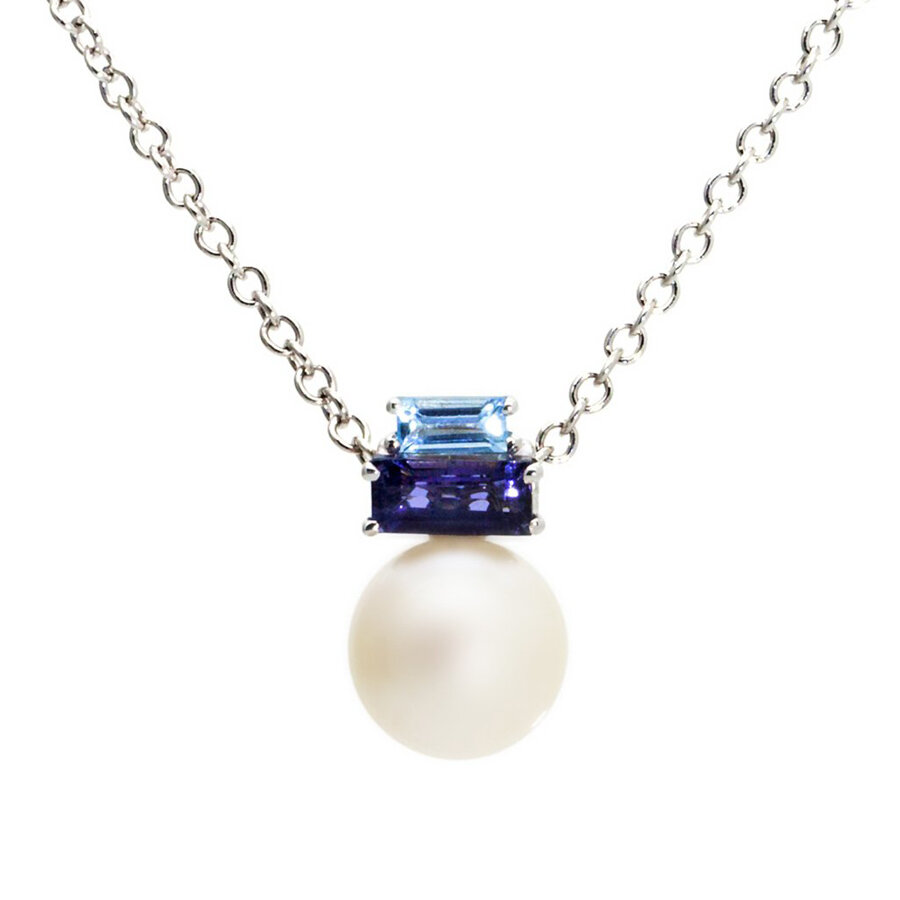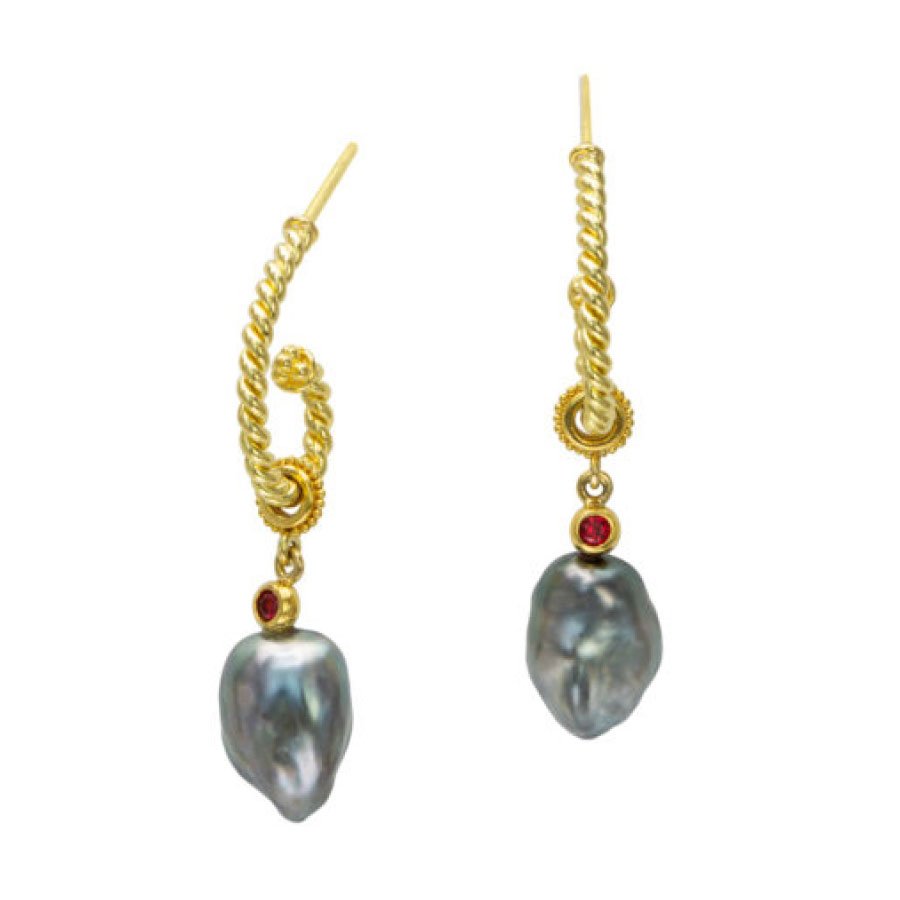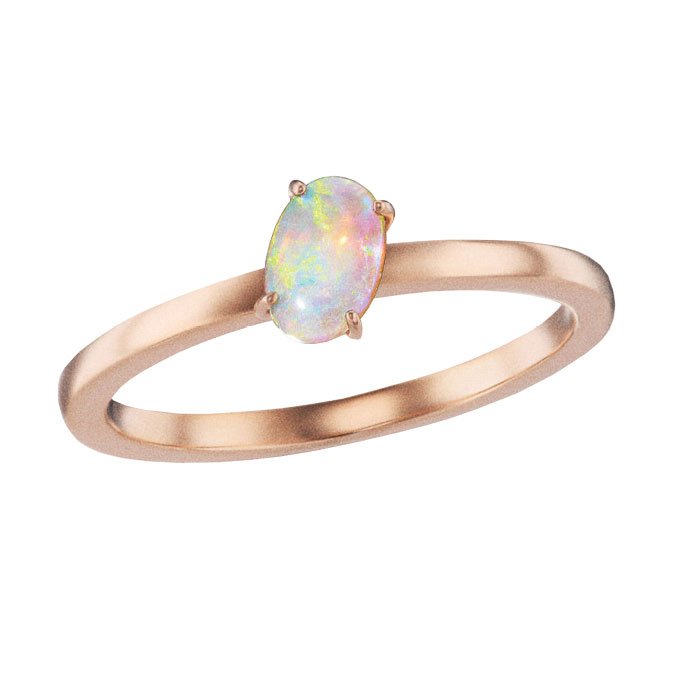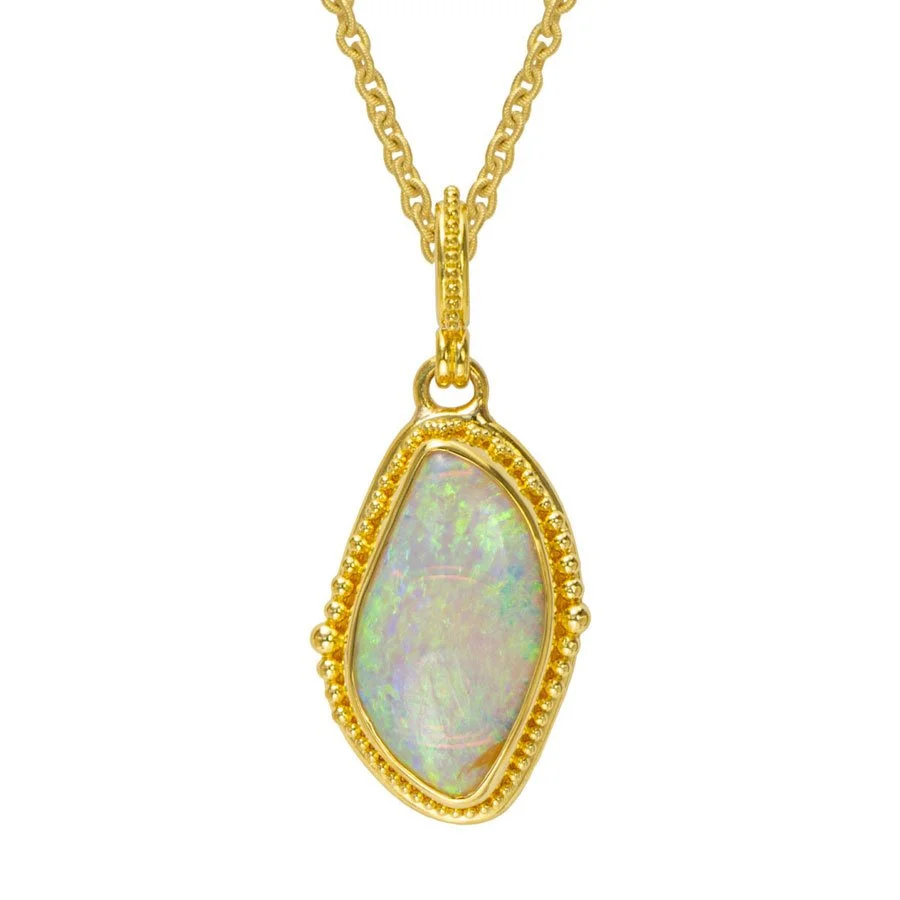4 things to know about playing sports with jewelry
Upping your JEWELRY GAME!
Over the years we’ve seen athletes across all sports competing while wearing jewelry. Here is some context...
You might have noticed Serena’s sparkling and symbolic style statement in her farewell to tennis at the US Open. See point #2 below!
If you loved her “loved” earrings (as I did), Marianna’s stud diamond earrings with customizable earring jackets might hit your mark!
At the 1978 US Open, the term tennis bracelet was coined when Chris Evert’s diamond bracelet flew off her arm, halting the match. See point #1 below!
If you are dreaming of a dynamic, modern twist on this jewelry wardrobe staple, the diamonds in Debra Navarro's bracelet are traceable and ethically sourced!
A best practice is to check the settings of the gemstones before AND after playing sports. Keep in mind that repeated shock (hitting a tennis ball) or continued rhythmic vibrations (riding a bike) can loosen settings over time.
WHAT TO KNOW ABOUT PLAYING SPORTS WITH FINE JEWELRY
Impact sport or not, jewelry can come undone, break, or fall off.
Dangling or large earrings can get caught in hair or gear. Close-fitting studs are good options.
Soft or brittle gemstones such as opal, emerald, pearl, or Tanzanite are more vulnerable to damage when playing sports.
Be aware that chlorine and sunscreen are chemicals that can damage some gemstones and diminish the luster of your jewelry.
Seeking coveted jewelry for on the court, off the court, or both? I’m game to help:
Meet the most winning spectator jewels:
EMERALD, PEARL, OPAL!
While jewelry is meant to be worn and enjoyed, a few gemstones may be better “sported” in the grandstands. Knowledge is power in keeping your pieces looking their best, avoiding damage and (gasp) loss of gemstones.
The Mohs scale of hardness is important to consider when choosing a particular stone for a particular kind of wear.
It is the degree of mineral “hardness”, measured by the resistance which a smooth surface offers to abrasion: 1 (soft) to 10 (hard). For example, an 8 will scratch a gemstone that is a 7 or below. Simply put, the softer the stone, the more careful you need to be about wearing that stone in jewelry that may be exposed to more wear.
This is why jewelry “ingredients” matter for engagement rings, rings you wear every day, and any jewelry you may wear while playing sports.
EMERALD
Emerald is in the hard range at 7.5 - 8 on the Mohs Scale, but it is a brittle crystal!
Inclusions are naturally occurring in this gemstone and emeralds without inclusions are rare. Highly fractured stones, particularly those with fractures on the corners, are more susceptible to damage from accidental bumps. Contact with chemicals (i.e. chlorine and household cleaners) can harm enhancements or oiling that emeralds may have.
PEARL
Pearl is a 2.5 - 3 on the Mohs Scale and is VERY soft.
Pearls are an organic material that is easily scratched or abraded. “Pearls want to be worn”, as wearing them prevents dehydration! However, immersing pearls strung with silk thread in water (or sweat) can weaken the strength of the silk over time.
Beyond durability, a broken string of pearls (if not knotted) will be a very different outcome than Chris Evert’s diamond tennis bracelet!
Get The Skinny on Pearl!
OPAL
Opal is a 5.5 - 6.5 on the Mohs Scale, meaning it is more prone to damage from contact with hard surfaces.
Opal is hydrated silica - containing up to 15% water. When it loses moisture, it can “craze” (fine cracks). For this reason, avoid excessively dry or hot conditions. Chemicals can harm opals, so avoid wear when cleaning, swimming, or playing sports.
Get The Skinny on Opal!
A NOTE ON FINE JEWELRY CARE:
Ultrasonic cleaners can crack emeralds and shatter opals and pearls - these jewelry gemstones require different cleaning considerations.
Discover more cleaning and care tips for fine jewelry here.






